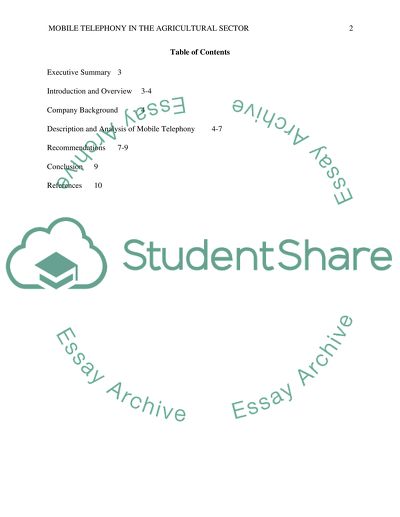Cite this document
(Mobile Telephony in The Agricultural Sector Case Study, n.d.)
Mobile Telephony in The Agricultural Sector Case Study. Retrieved from https://studentshare.org/technology/1664614-analytical-report
Mobile Telephony in The Agricultural Sector Case Study. Retrieved from https://studentshare.org/technology/1664614-analytical-report
(Mobile Telephony in The Agricultural Sector Case Study)
Mobile Telephony in The Agricultural Sector Case Study. https://studentshare.org/technology/1664614-analytical-report.
Mobile Telephony in The Agricultural Sector Case Study. https://studentshare.org/technology/1664614-analytical-report.
“Mobile Telephony in The Agricultural Sector Case Study”, n.d. https://studentshare.org/technology/1664614-analytical-report.


